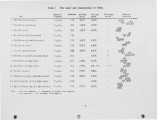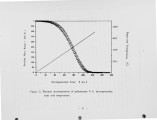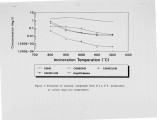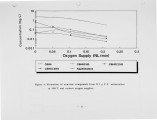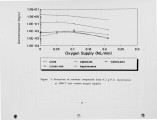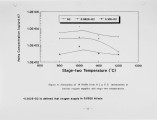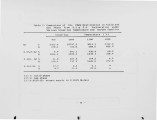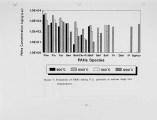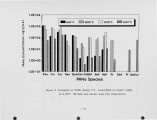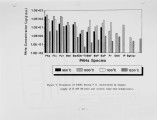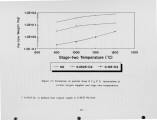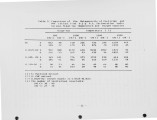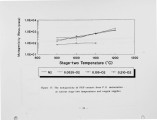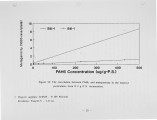| Title |
Formation and Control of PAHs and Mutagenicity of Soot Particulates from Incineration of Polystyrene |
| Creator |
Chiang, Pen-Chi; You, Jiann-Hwa; Chang, Kun-Ten; Chang, Shenq-Chyi |
| Publisher |
Digitized by J. Willard Marriott Library, University of Utah |
| Date |
1992 |
| Spatial Coverage |
presented at Cambridge, Massachusetts |
| Abstract |
0.2 gram of polystyrene is introduced into the two-stage incinerator where the theoretical residence time is 0.5 - 1 second in the stage-two incineration process. The methods of GC/MSD and TA-98 Ames test are used to analyze the PAHs and mutagenicity of particulates formed from various stage-two temperatures and oxygen supplies. The result of this invistigation which indicates the critical temperature was found to be at temperature of 1000 °C - 1100 °C in the stage-two incinerator for the formation of PAHs and soot particlates. The major precusor of PAHs formation, (i.e., C6H6) is drastically produced in large amounts when the stage-two temperature is up to 900°C and without supplying oxygen. The maximum concentration of PAHs and soot particle are approximate 1.310 ug/g-p.s. and about 205 m/g-p.s. at 1000 °C. However, the formations of PAHs and soot particles are drastically decreased to about 13.5 ug/g-p.s. and 0.2 mg/g-p.s., respectively, if the oxygen is supplied at 0.210 NI/min and temperature is controlled at 1000 °C. The mutagenicity of particu1es and PUF extracts increased as the pyrolysis temperature was increased from 900 to 1200 °C, The mutagenicity of PUF extracts is weaker than the mutagenicity of particules extracts. Moreover, the mutagenicity is much higher in presence of rat liver microsomal fraction (S9 mixture) than the observed in its absence. |
| Type |
Text |
| Format |
application/pdf |
| Language |
eng |
| Rights |
This material may be protected by copyright. Permission required for use in any form. For further information please contact the American Flame Research Committee. |
| Conversion Specifications |
Original scanned with Canon EOS-1Ds Mark II, 16.7 megapixel digital camera and saved as 400 ppi uncompressed TIFF, 16 bit depth. |
| Scanning Technician |
Cliodhna Davis |
| ARK |
ark:/87278/s6q242v8 |
| Setname |
uu_afrc |
| ID |
12468 |
| Reference URL |
https://collections.lib.utah.edu/ark:/87278/s6q242v8 |






